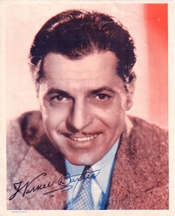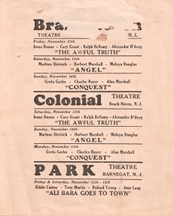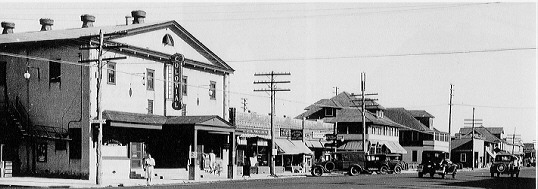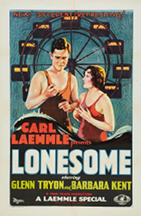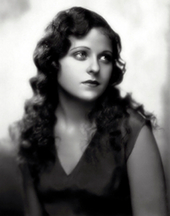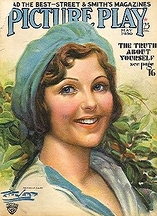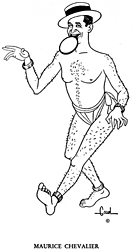We enjoyed this video tribute to the silent era, and thought we’d share it with you.
The person behind it, Alejandra Espasande Bouza, is an independent filmmaker based in Los Angeles. She holds a B.A. from the USC School of Cinematic Arts and a M.A. in Moving Image Archive Studies from UCLA. and here’s what she has to say about the project:
This video is a tribute to the forgotten pioneer Hollywood cinematographers who captured the moving images of the silent film era. In turn, these images serve as a reminder of the intrinsic beauty and charm of silent cinema, and the importance of its preservation. To that end, and in the tradition of this historic film period, no narration is employed. Apart from film stars of the time, the video showcases scenes that represent main themes of this film period: slapstick, adventure, horror and romance.
Sit back and enjoy the beauty of these moving images edited to the rhythm of Antonio Vivaldi.
Featured actors include: Gloria Swanson, Rudolph Valentino, Greta Garbo, Clara Bow, Charlie Chaplin, Douglas Fairbanks, William S. Hart, Ben Turpin, Harry Langdon, Buster Keaton, Harry Gribbon, Harold Lloyd, Mary Philbin, Lon Chaney and Roscoe Arbuckle.
If you enjoyed this, cast your vote for Ms. Bouza’s work in the MishMash Getty Images Music/Video/Remix competition.
![]()

